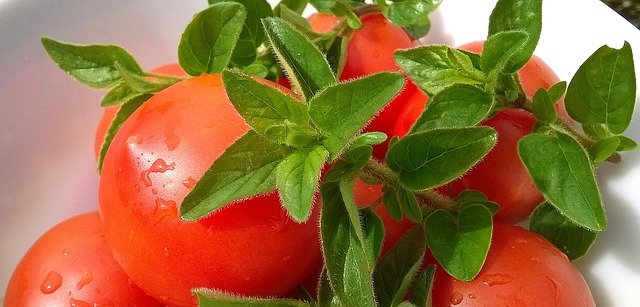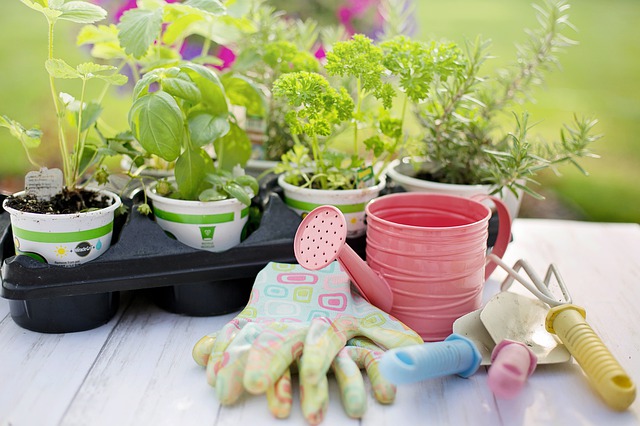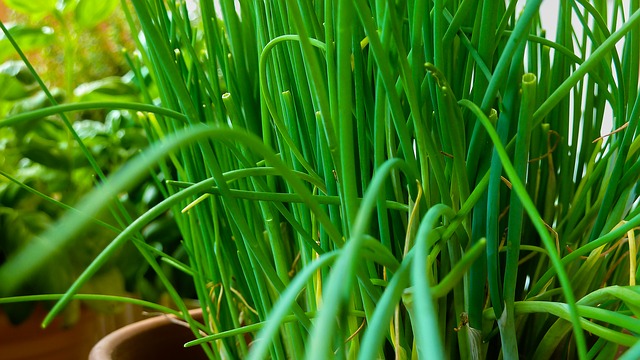If you have a sunny space in your garden, it would be a shame not to create an herb bed! Fresh herbs picked by yourself are quite different from the slightly “tired” ones you buy at the supermarket. It is not difficult to create a herb bed in your garden. Even a novice gardener can do it. We will advise you how to do it so that you have a “green helper” on hand throughout the season. You can also keep them dry for the winter.
Plan ahead!
Before actually working in the “field” you need to know a little theory. Read some basic information about the herbs you are going to plant, draw the shape of your flower beds, and consult with an experienced herbalist in your area.
Where to plant which ones?
Most of the herbs we grow here are not difficult at all. They grow “like water”. Some of them even grow like weeds and “choke” their neighbors. Others create shade for smaller herbs that suffer from lack of sunlight. Habitats must be chosen so that each species does not interfere with each other. Taller species should be planted at the back of the flower beds. For example, lavage, lavender, mint, etc. Low ones in the front. For example, thyme. Some plants grow too fast in the right conditions. For example, lemon balm can grow that way. Adjacent, slightly slower-growing types of plants can be potted “aggressive plants” to prevent suppression. Potted plants can also border flower beds. Pots can also border flower beds and beautify old walls. Stones are also often placed in herb beds. Stones retain heat, which plants like. Flat stones can also be used as paving stones and are very decorative in greenery.
They get a lot of sun and little wind!
It is important to place the flower beds in the garden so that they get plenty of sun and very little wind. It is possible to build a windbreak around it. A wooden fence can be used. On the windward side, tall shrubs may be planted to create a living screen.
